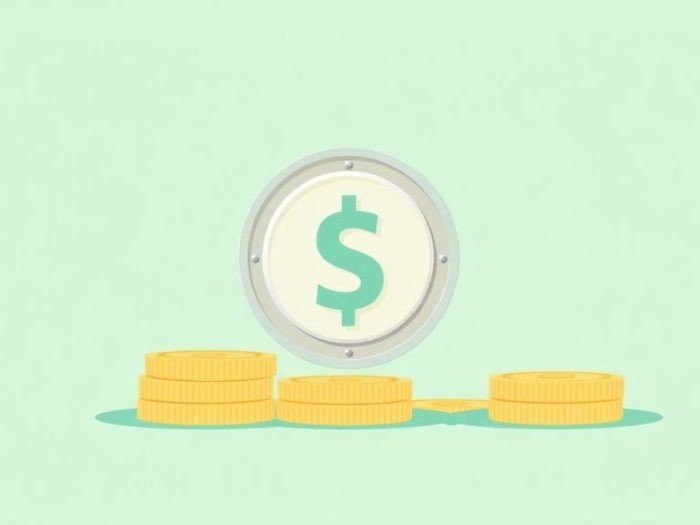Donor-advised funds (DAFs) are a powerful charitable giving vehicle that offers significant
tax advantages. They allow you to make a charitable contribution now, receive an immediate tax
deduction, and recommend grants to qualified charities over time. This article explores how
donor-advised funds work and their benefits for both donors and charities.
Understanding Donor-Advised Funds (DAFs)
A Donor-Advised Fund (DAF) is like a charitable investment account. You make a contribution,
receive an immediate tax deduction, and then recommend grants to IRS-qualified public charities
over time.
How a DAF Works
- Establish a DAF: You open a DAF account with a sponsoring organization (often a community foundation or financial institution).
- Contribute Assets: You donate cash, stocks, or other assets to the DAF.
- Receive Tax Deduction: You receive an immediate income tax deduction for your contribution (subject to certain limitations).
- Invest the Assets: The DAF assets are invested and grow tax-free.
- Recommend Grants: You recommend grants to qualified public charities.
Benefits of Donor-Advised Funds
- Immediate Tax Deduction: Receive a tax deduction in the year you contribute, even if you don’t grant the funds to a charity right away.
- Tax-Free Growth: The assets in the DAF grow tax-free, potentially increasing the amount available for future grants.
- Flexibility: You can recommend grants to multiple charities over time, at your own pace.
- Simplicity: Easier to set up and administer compared to private foundations.
- Privacy: You can make anonymous grants to charities.
Strategies for Using Donor-Advised Funds
1. Bunching Charitable Contributions
Contribute a larger amount to a DAF in a single year to itemize deductions, then recommend
grants to charities over several years. This can help you maximize your tax benefits.
2. Donating Appreciated Assets
Donate appreciated assets like stocks to a DAF to avoid capital gains taxes on the sale.
3. Long-Term Charitable Planning
Use a DAF to plan your charitable giving over many years, ensuring consistent support for the
causes you care about.
4. Family Philanthropy
Involve your family in the grant-making process to instill a sense of philanthropy.
Important Considerations
- Irrevocability: Contributions to a DAF are irrevocable; you can’t get the money back.
- Granting Restrictions: Grants can only be made to IRS-qualified public charities.
- Reasonable Distributions: While there’s no annual payout requirement, DAFs are expected to grant a reasonable amount over time.
- Investment Risk: DAF assets are invested and subject to market fluctuations.
- Administrative Fees: Sponsoring organizations charge administrative fees.
Conclusion
Donor-advised funds offer a tax-efficient and flexible way to support charitable causes. By
understanding their benefits and limitations, you can use DAFs strategically to maximize your
philanthropic impact and achieve your financial goals.
Related Keywords
Donor-advised fund, DAF, charitable giving, philanthropy, tax-deductible donations, non-profit,
charitable giving strategy, charitable contributions, tax planning, estate planning.
Frequently Asked Questions (FAQ)
1. What is a Donor-Advised Fund (DAF)?
A Donor-Advised Fund (DAF) is a charitable investment account that allows you to
make a contribution, receive an immediate tax deduction, and recommend grants to
qualified charities over time.
2. How does a DAF work?
You establish a DAF, contribute assets, receive a tax deduction, the assets are
invested and grow tax-free, and you recommend grants to charities.
3. What are the tax benefits of a DAF?
You receive an immediate income tax deduction in the year you contribute, and the
assets in the DAF grow tax-free.
4. Can I get my money back from a DAF?
No, contributions to a DAF are irrevocable; you cannot get the money back. The
funds must be used for charitable purposes.
5. What types of assets can I contribute to a DAF?
You can typically donate cash, stocks, bonds, and other appreciated assets.
6. What is “bunching” charitable contributions in a DAF?
Bunching involves contributing a larger amount to a DAF in a single year to
itemize deductions, then recommending grants to charities over several years.
7. Can I use a DAF to support any type of organization?
You can recommend grants only to IRS-qualified public charities.
8. Are there any restrictions on how much I have to distribute from my DAF each year?
While there’s no strict annual payout requirement, DAFs are expected to grant a
reasonable amount over time.
9. What are the costs associated with a DAF?
Sponsoring organizations charge administrative fees to manage DAF accounts.
10. Is a DAF right for all donors?
DAFs are a good option for donors who want to plan their charitable giving, receive
immediate tax benefits, and support multiple charities over time.



